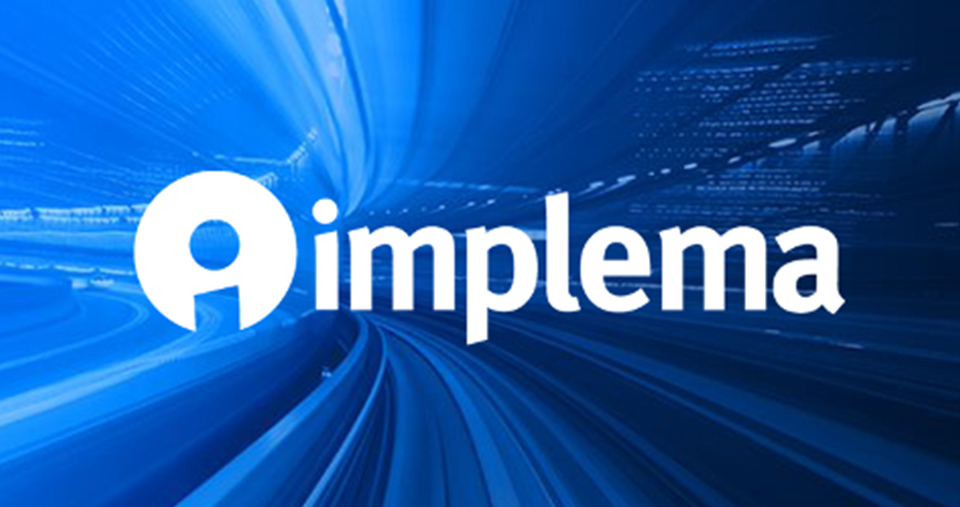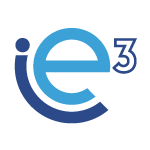
Digitalisation is no longer optional. Companies, institutions and private persons alike have been forced into interacting virtually in ways we couldn’t imagine a year ago.
This has made us challenge the way we work, communicate and learn.
For the educational system this has created a rare opportunity to reimaging how things are done. One of the most obvious example being lectures. Universities across the world have in a short period of time begun to digitise and record their traditional face to face lectures. While there are some negative aspects with digital lectures the positives might outweigh them. Students can not only pause, speed up, skip and review a lecture in any way they see fit, a lecture only need to be recorded once to be reused and disseminated thousands of times. It can free up time for teachers and professors to enhance the education in more interactive and creative ways. The dissemination also opens up the possibility share and cherry-pick the best lectures from an universities and professors all over the world and tailor them to the educational need of a particular course.
If higher education will go back to the traditional face to face lectures entirely after the pandemic or not will be interesting to follow. However, the current inertia towards digitalisation might actually make it easier for the IE3 project to help higher educations reimaging how things are done.
Eskil Rehme,
Data Scientist at Implema

